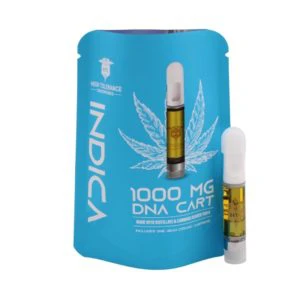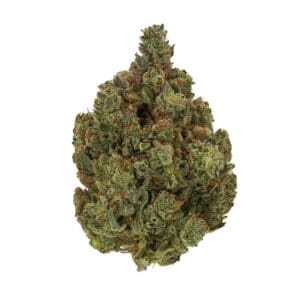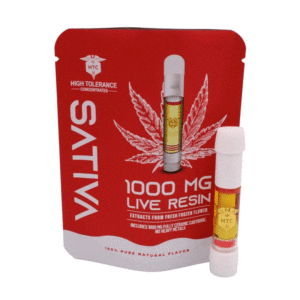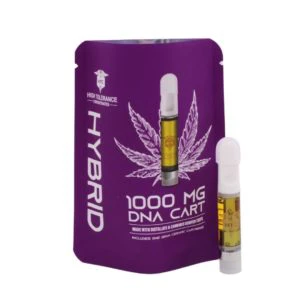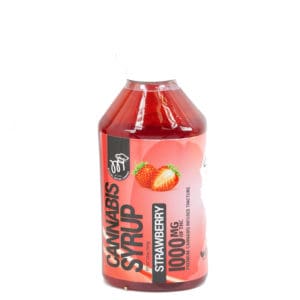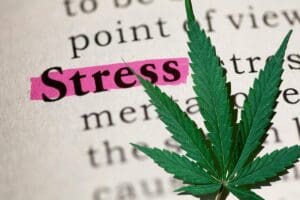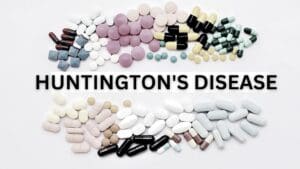Yes, oxycodone is a potent painkiller, but is it worth suffering the side effects and inherent addiction? Unable to eat, drenched with sweat and shaking, my dad was wide awake for 48 hours straight when the Department of Veteran Affairs (VA) failed to send his Oxycontin prescription on time.
Having been on this medication for over fifteen years now to treat severe, chronic pain, it was the second immensely stressful time he had to endure, as he had succumbed to the drug addiction associated with this medication. Before that, he was under the care of a private doctor’s office, and when he tried to reach them for his next appointment, he found the office was permanently closed.
A judge had found the unethical doctor guilty of selling oxycodone prescriptions, which in turn left my dad in a panic, wondering how he could be seen at a new medical facility and evaluated for a new prescription before he started going through withdraws.
According to statistics, in 2017, more than 191 million prescriptions were written for opioid pain medication by health care providers throughout the U.S.A. That is a rate of 58.7 prescribed per 100 people. Over the past decade it has become the go-to prescription to mask chronic pain, but it certainly doesn’t cure anything.
On the contrary, although my dad is on the lowest dosage available, he still suffered severe withdraws when he ran out! Aside from the stressful fear he has of running out again, he has to manage the side effects, which for some include nausea, vomiting, constipation, dry mouth, weakness, sweating, light headedness, dizziness, and/or drowsiness. While most
of these symptoms subside over time, others don’t. My dad has to manage the associated weakness and constipation on a daily basis. According to Dr. Sulak, DO, founder of Integr8 Health, a medical practice in Maine, who follows over 8,000 patients using medicinal cannabis, “(p)atients in chronic pain are often stressed-out, sleep deprived, and hopeless. These people need our compassion, understanding, and safe treatment.” I’m sure my dad and the thousands of patients now addicted to this medication would agree!
After learning so much about medicinal marijuana, we began to look at this as an alternative with a lot of hope. At the very least, he would not have to go through the withdrawal symptoms again. Most doctors recommend some form of cannabis to enhance the positive effects of prescription drugs, but I wondered if cannabis could be used as a first line treatment for chronic pain.
While there are still no double blind, placebo-controlled statistics that compare the effectiveness of medicinal marijuana and prescription opioids, it seems that’s what it would take for most doctors to consider the switch when it comes to treating pain.
Let’s consider that the opioid only masks the pain; it does nothing to cure the cause. Contrary to opioids, cannabis is effective and safe, with no side effects, aside from the slight chance of a mild addiction that would be similar to that of nicotine. It has a vast array of positive attributes that extend those benefits throughout the body when consumed.
In fact, marijuana can assist in combating side effects that result from back pain, including anxiety, depression, and insomnia. According to Dr. Sulak, DO, who completed his internship at Maine-Dartmouth Family Medicine Residency, his patients claim to have cut opiate usage drastically, sleep better, feel happy and have a better quality of life with less side effects.
On his website, he explains that “whenever we see a patient who has been using opiates to treat chronic pain, after starting medical cannabis, the opiate dosage decreases by at least 50% in the first week. It’s often more like a 60-80% reduction. Many patients go on to completely discontinue opiate medications over the next several months. They often reduce or discontinue other pain medications as well, including anti-depressants and anti-seizure drugs.”
There’s conclusive evidence that indicates a low dose of THC along with that of morphine is a good alternative regimen to reduce the need to increase opioid doses over time because the THC increases the effectiveness by four to twelve times.
Is cannabis now the exit drug that can lead one from addictive opioids to a better quality of life that includes pain management? Many doctors in the U.S.A. believe that cannabis can and should be used to treat chronic pain. One of them, Dr. Adie Poe, a participant in the documentary, “The Exit Drug,” believes that “(c)annabis is an effective and safe substitute for pain-relieving drugs, like prescription opioid analgesics.”
Thanks to bepainfreeglobal.com, we are able to obtain my dad’s medicinal marijuana legally through state-to-state reciprocity. We also found their strains for back pain recommendations beneficial. They include Harlequin, Uncle Andy, ACDC, Gorilla Glue, and OG Kush.
In my dad’s case, we are in preliminary stages, and there’s an adjustment period, but it is our highest hope and goal to at least reduce the number of daily doses he consumes.
A. Merriman for bepainfreeglobal.com

